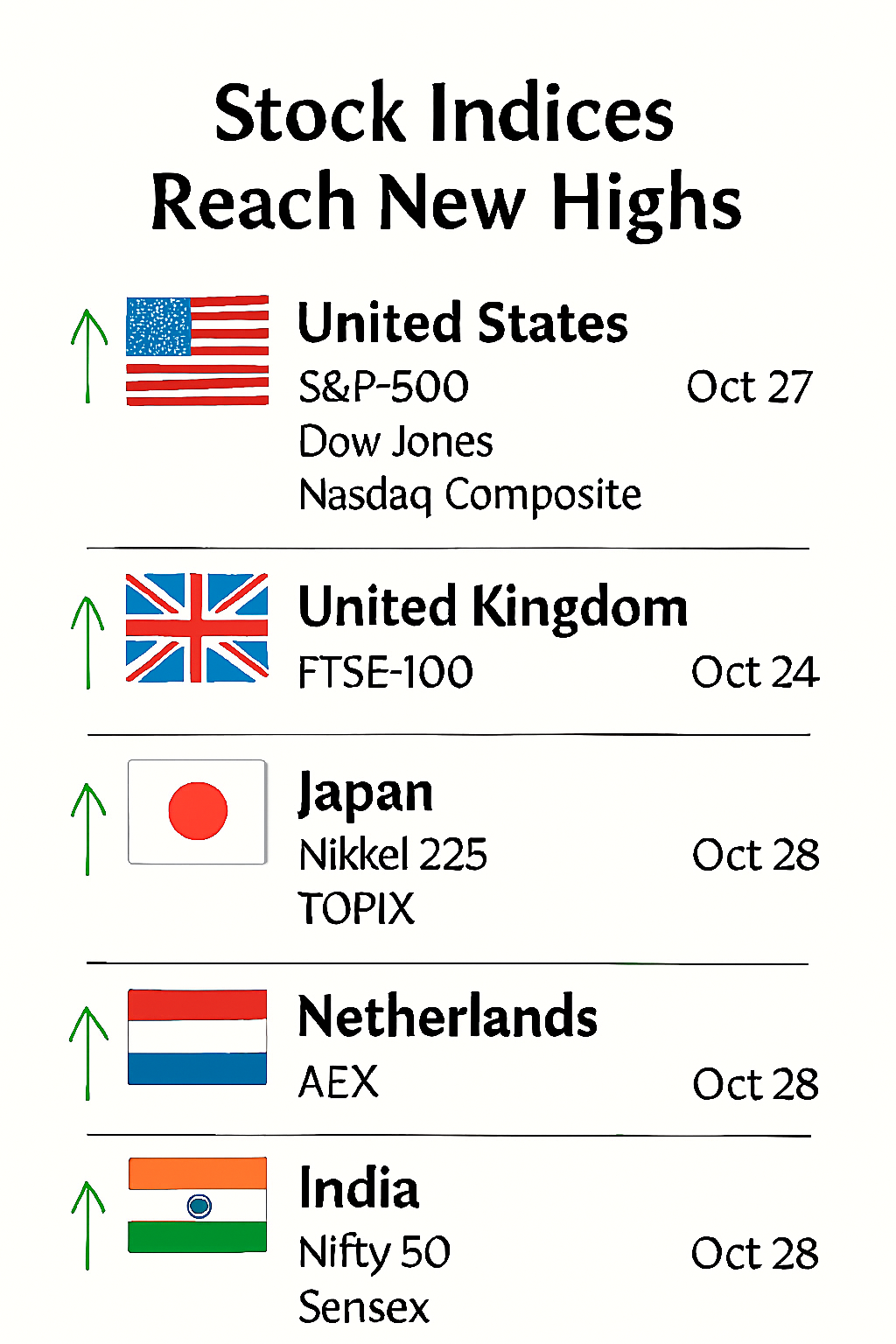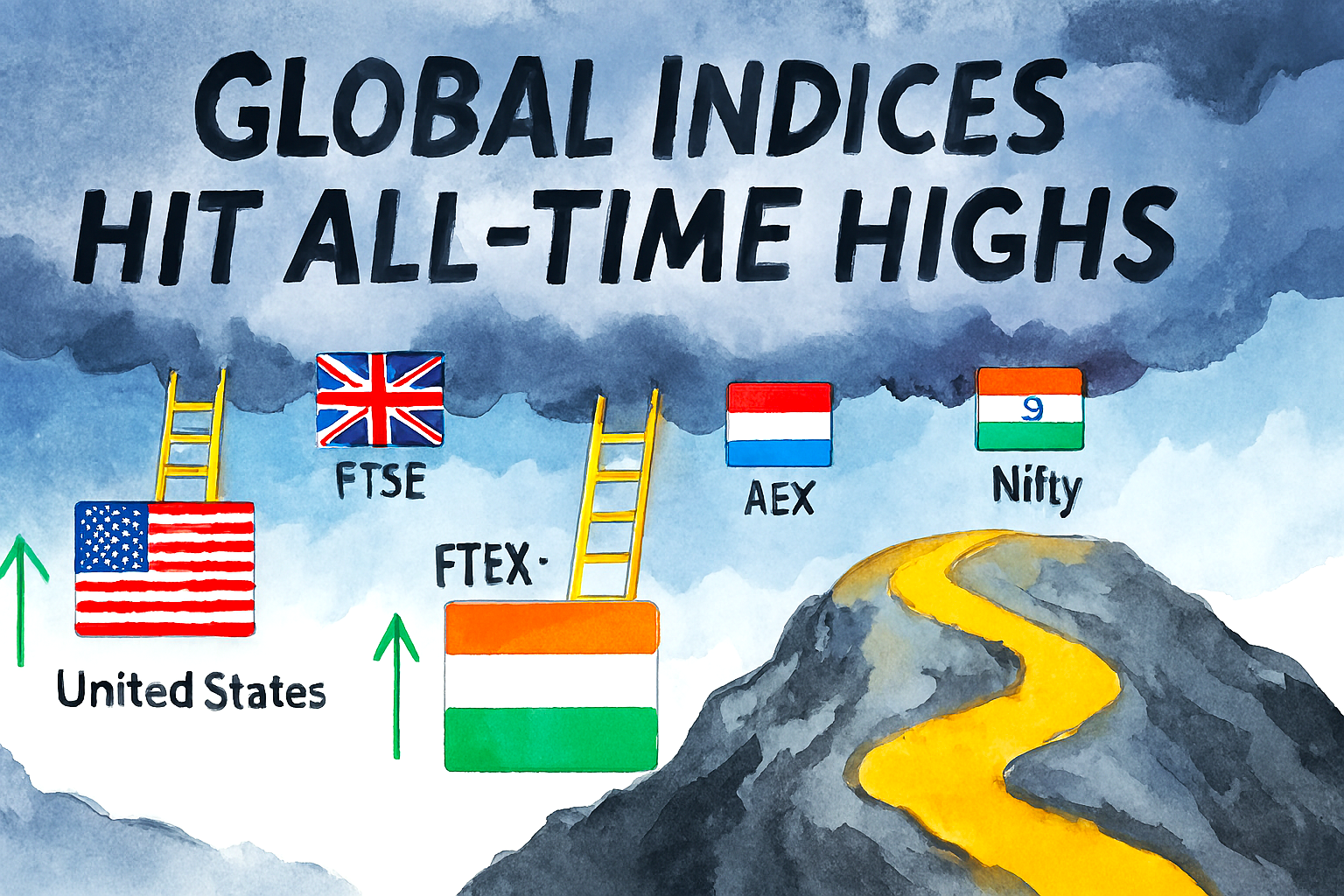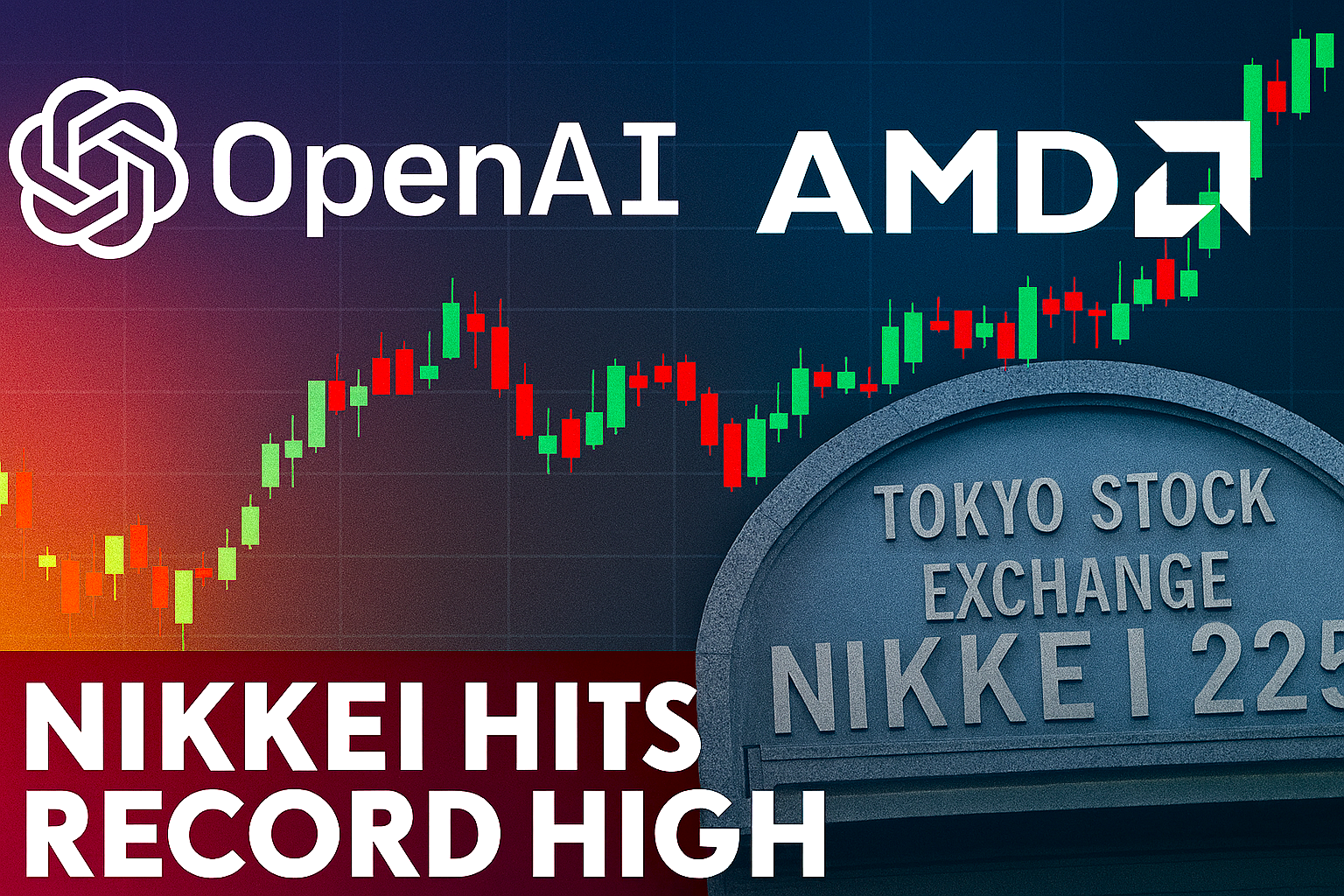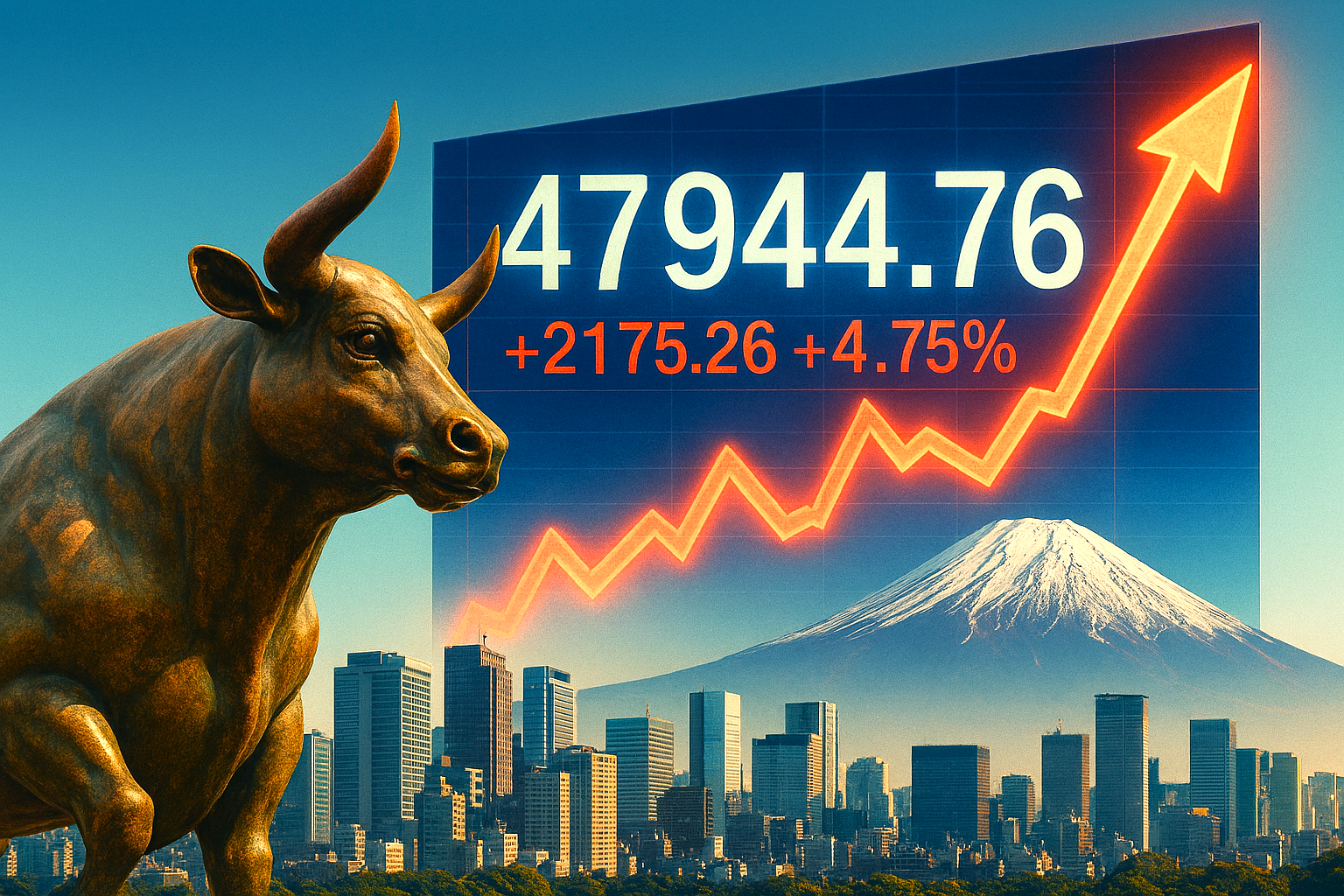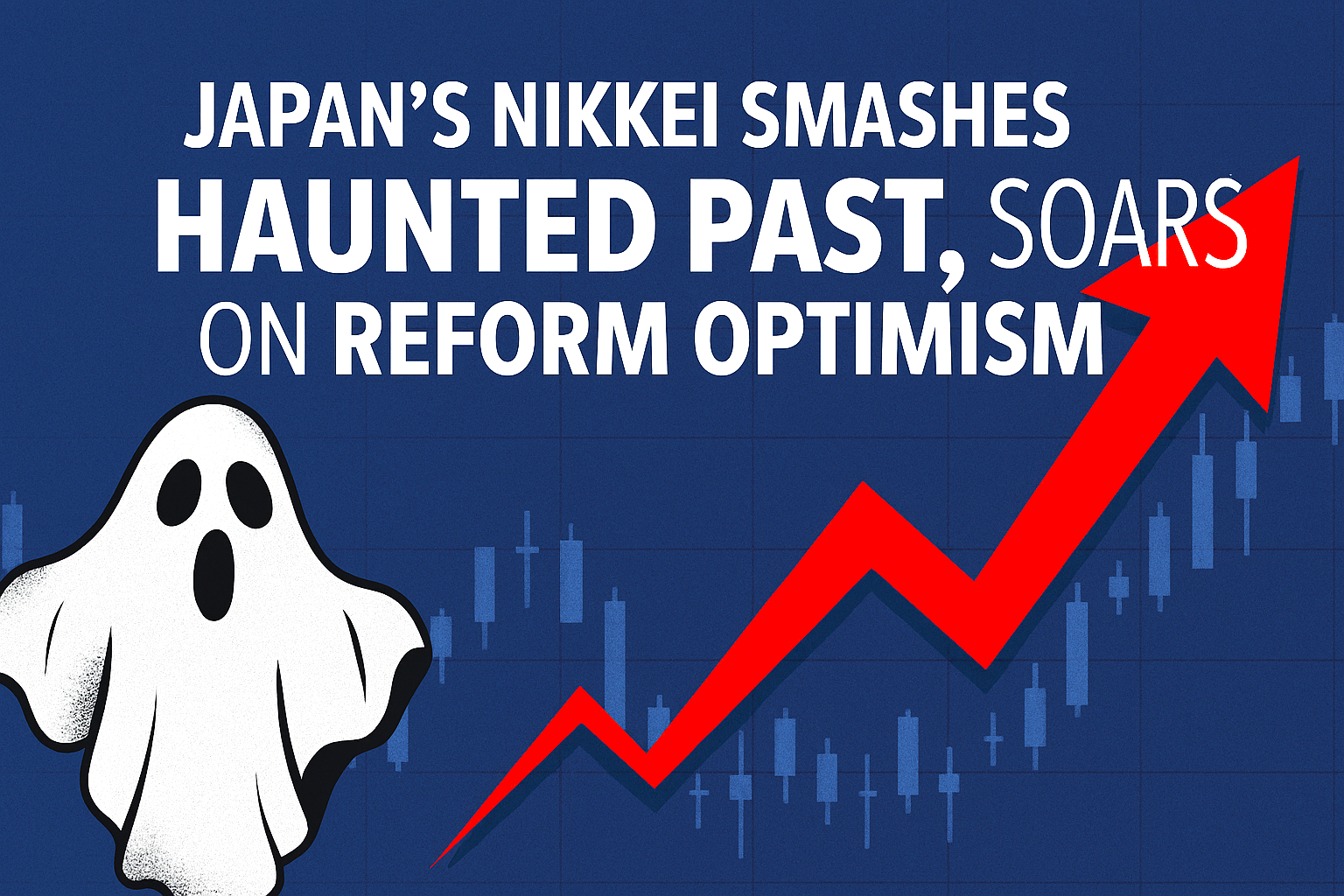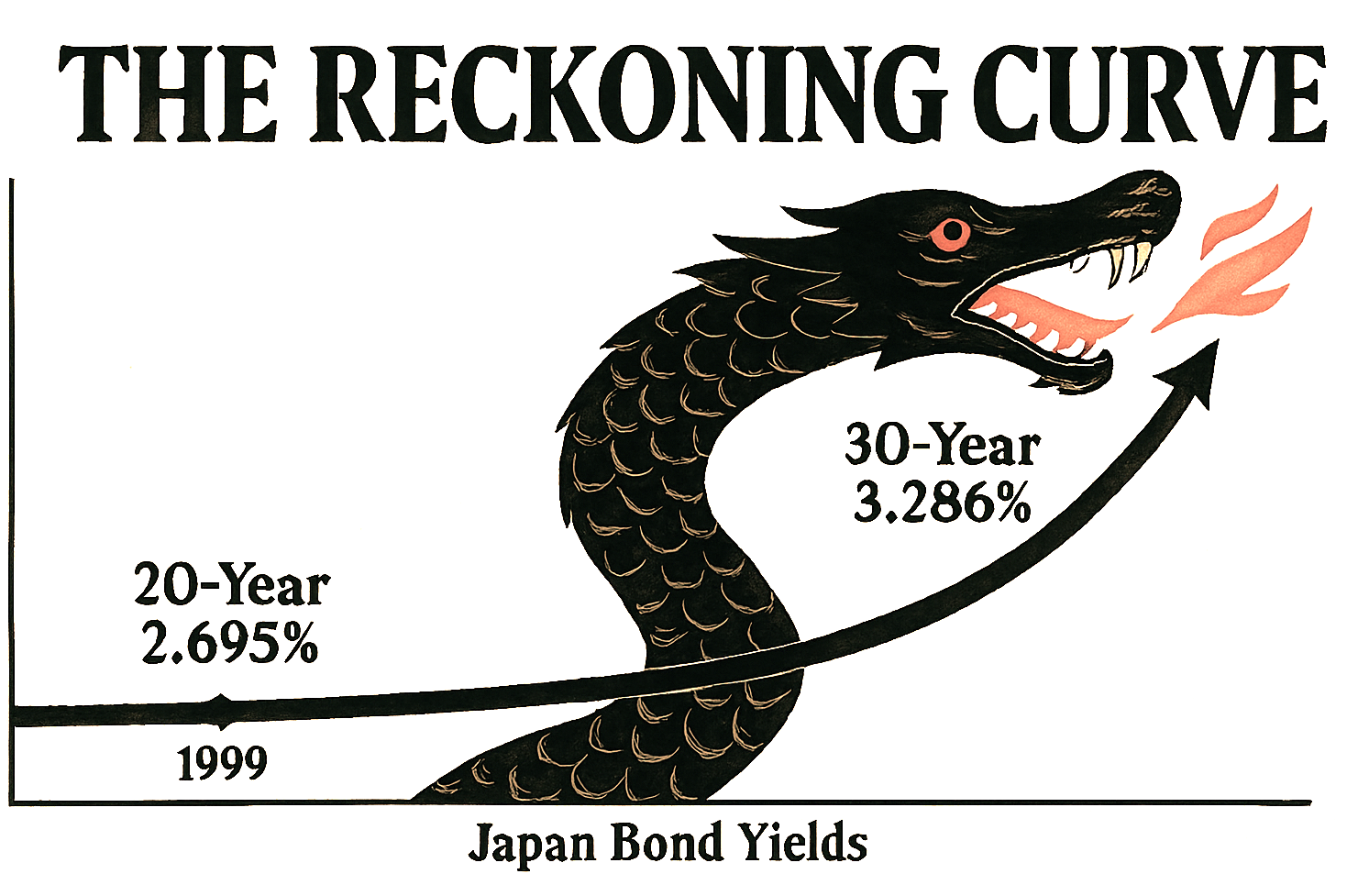The U.S. bond market is experiencing some turbulence due to rising Treasury yields and concerns over government debt.
Investors are demanding higher yields because they’re worried about the GOP’s tax-cut plans, which could lead to increased borrowing and a larger deficit.
Additionally, the recent Trump tax bill has caused Treasury bond yields to surge, as investors anticipate more government debt issuance. Moody’s has also downgraded the U.S. credit rating, adding to market jitters.
The bond market’s reaction is significant because higher yields can lead to increased borrowing costs across the economy, affecting everything from mortgages to corporate financing.
Japan
Japan’s bond market is facing significant turbulence, with yields on 40-year government bonds hitting an all-time high. This surge in yields is causing concerns about capital repatriation, as Japanese investors may start pulling funds from the U.S. and other foreign markets.
The Bank of Japan’s reduced bond purchases have contributed to this trend, leading to weaker demand for long-term government debt. Analysts warn that if Japanese investors begin moving their capital back home, it could trigger a global financial market shake-up.
Additionally, Japan’s Finance Ministry is considering reducing the issuance of super-long bonds to stabilise the market. However, recent auctions have shown weak demand, raising concerns about the effectiveness of this strategy.
Europe
The European bond market is experiencing some shifts due to falling government bond yields and easing U.S. – EU trade tensions.
German 10-year bund yields dropped by 4 basis points, reflecting increased investor confidence.
UK and French 10-year bond yields also declined by 4 basis points, while Italian bonds saw a 2 basis point dip.
Long-term UK gilts experienced the biggest movement, with 20 and 30-year yields falling by 7 basis points.
This decline in yields suggests higher demand for European government debt, possibly due to investors shifting away from U.S. assets amid concerns over U.S. fiscal health.
UK
The UK bond market is facing some challenges, with the IMF warning that it is vulnerable to sudden shocks due to a growing reliance on hedge funds and foreign investors.
30-year gilt yields have hit 5.5%, the highest in over three decades.
The Bank of England’s quantitative tightening and increased bond issuance are putting pressure on the market.
The Debt Management Office (DMO) is shifting towards short-dated debt to reduce long-term interest costs.
Additionally, the UK government has launched a new 30-year gilt offering 5.375% interest, which is attracting investor attention.
